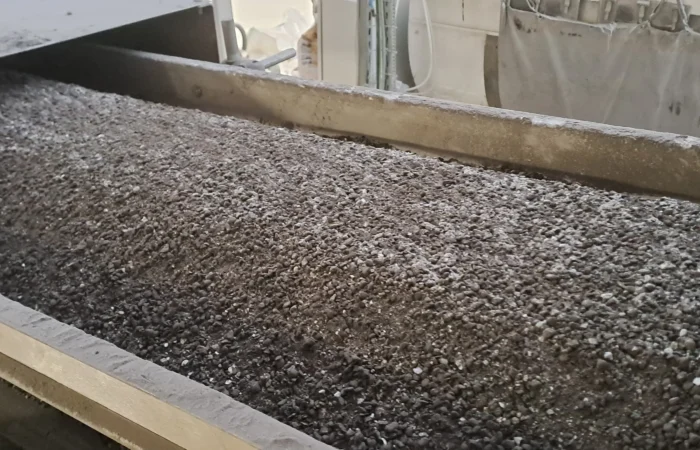
M Selection

Gees Recycling è un’azienda italiana specializzata nel riciclo di materiali compositi, in particolare vetroresina e plastiche fibro-rinforzate.
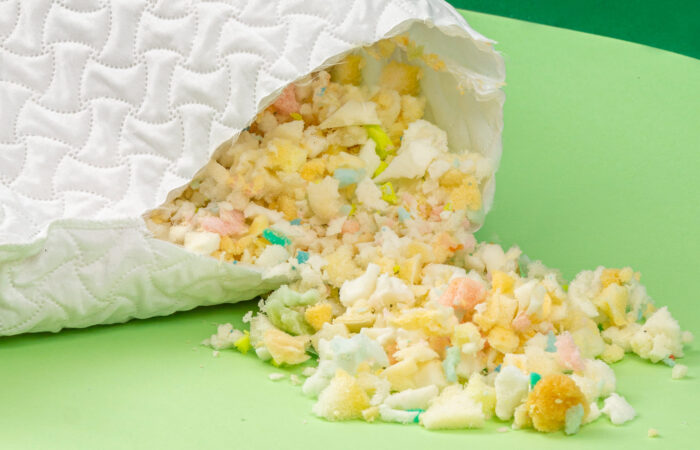
Tags
Re Mat
Re Mat è un’azienda italiana fondata alla fine del 2018 da Alessandro Lodo e Francesco Perazzini con l’obiettivo di affrontare…
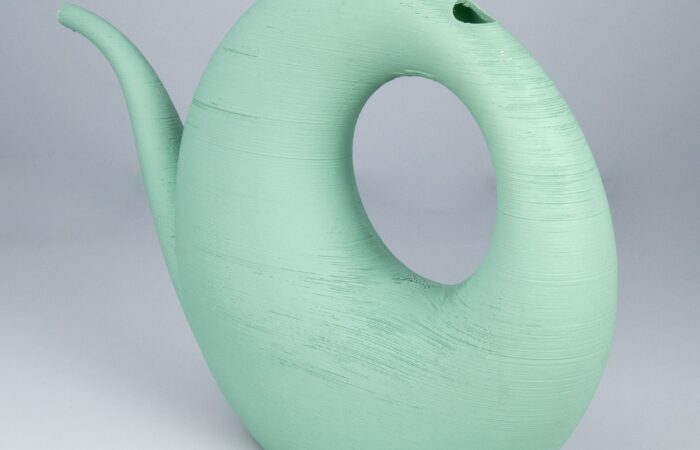
Tags
Versalis
ReUp® è il marchio di Versalis, la società chimica di Eni, che mira a trasformare la plastica — sia riciclata…
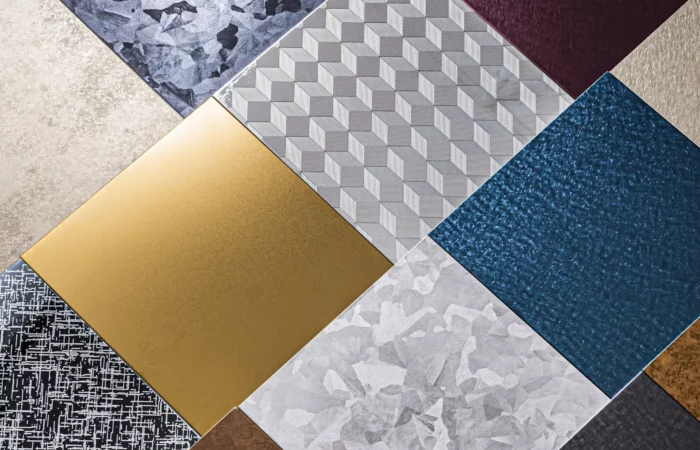
Tags
Nippon Steel
Nippon Steel è specializzata nella produzione di acciaio inox decorativo, combinando tecnologie avanzate di finitura superficiale - come la lucidatura…
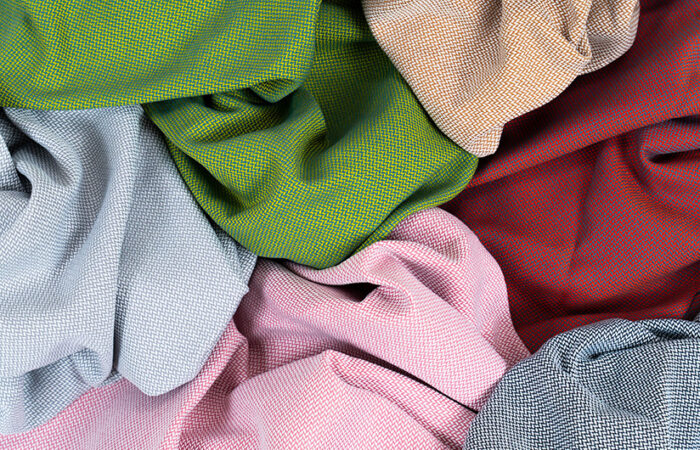
Tags
Caimi
Caimi è un’azienda orientata alla ricerca di soluzioni innovative, capaci di rispondere alle esigenze del presente ma anche di anticipare…
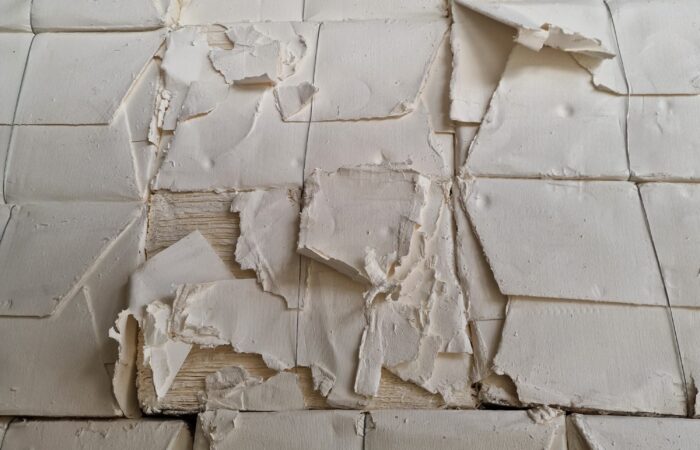
Tags
Cartiere di Guarcino
Cartiere di Guarcino è un’azienda italiana con sede nel Lazio, specializzata nella produzione di carte decorative destinate a diverse applicazioni
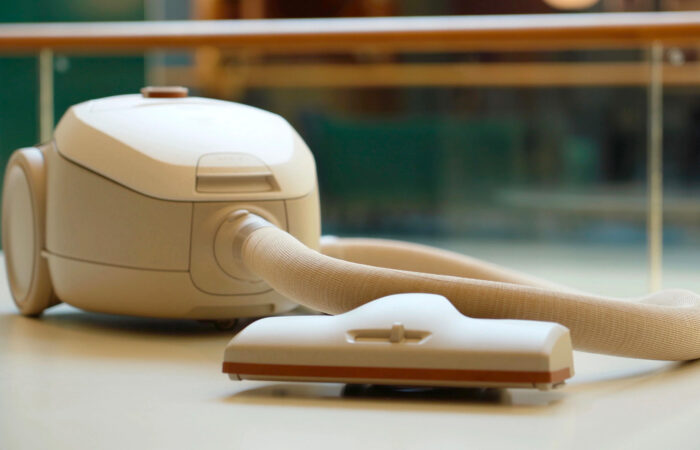
Tags
Stena Recycling
Stena Recycling è una delle realtà di punta nel settore del riciclo, con quasi un secolo di esperienza tra Europa…

Tags
FILIE
FILIE® Materials è il risultato di una partnership tra le aziende taiwanesi Chang Wong Ltd e Recotec.
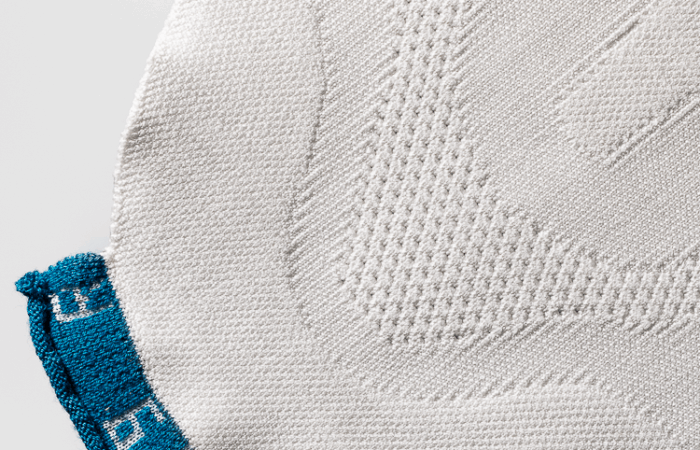
Tags
BIOTEXFUTURE
BIOTEXFUTURE, finanziato dal Ministero Federale dell’Istruzione e della Ricerca tedesco (BMBF), con l’obiettivo di trasformare l’industria tessile.
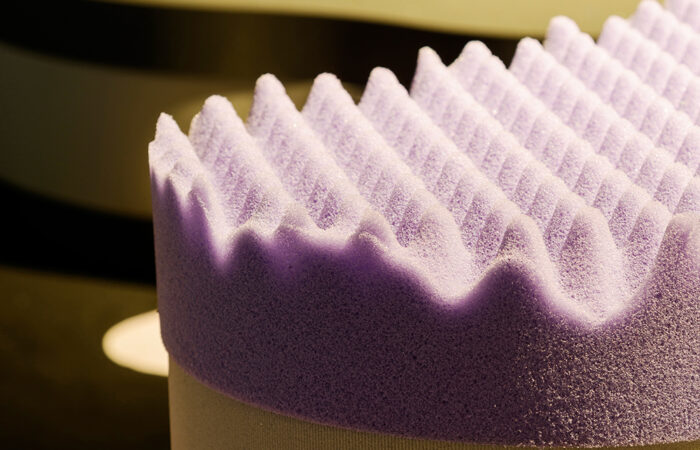
Tags
Poliuretano è
Poliuretano è il progetto promosso dalle principali aziende italiane produttrici di poliuretano espanso flessibile: Cires, Nir, Olmo, Orsa foam, Pelma,…
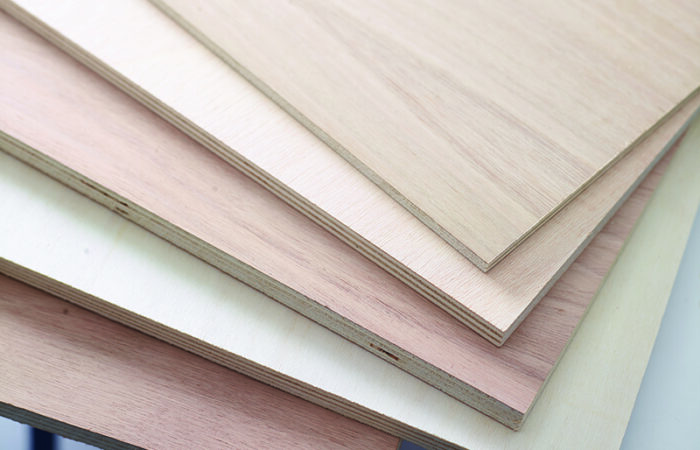
Tags
Invernizzi
Invernizzi è l’unica azienda italiana produttrice di pannelli monomateriali in pioppo che, in una logica di circolarità produttiva, utilizza tutte…
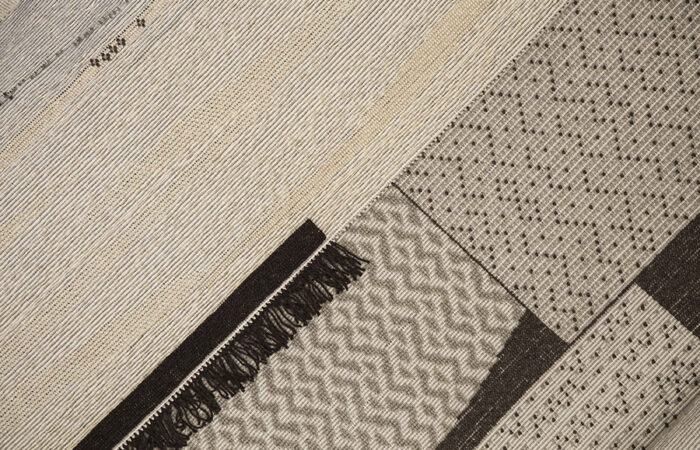
Tags
Mariantonia Urru
Mariantonia Urru è un’azienda storica dell’artigianato tessile sardo con sede nel paese montano di Samugheo, la cui natura e storia…
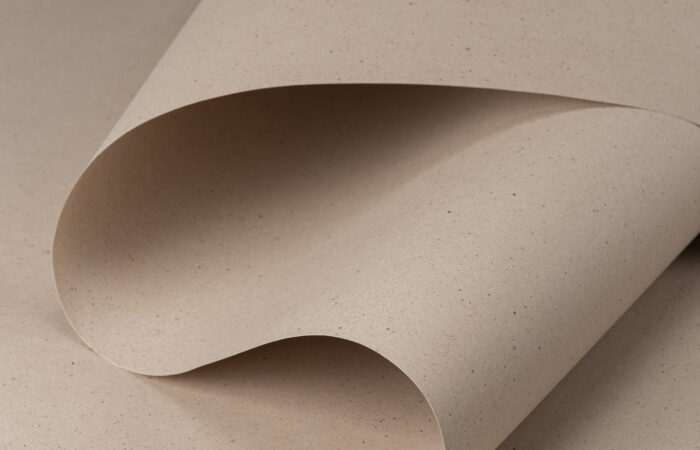
Tags
Favini
Favini è un’azienda italiana che produce carta rispettando i principi di innovazione e sostenibilità.
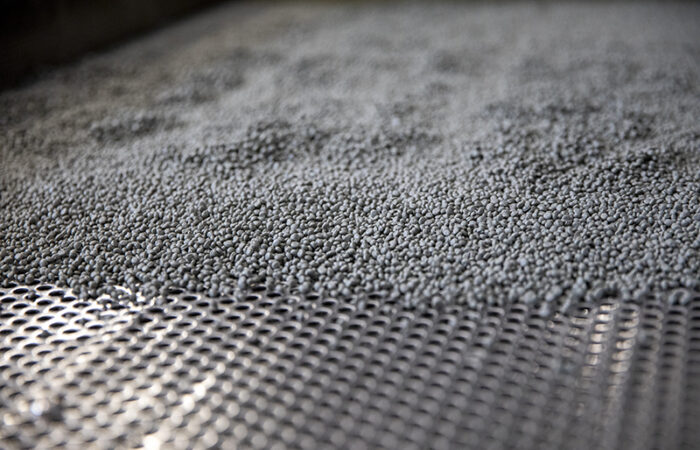
Tags
Sirmax
Sirmax è un’azienda italiana che da sessant’anni produce granulati termoplastici ad alte performance destinati a ogni tipo di applicazione. Dall’azienda…
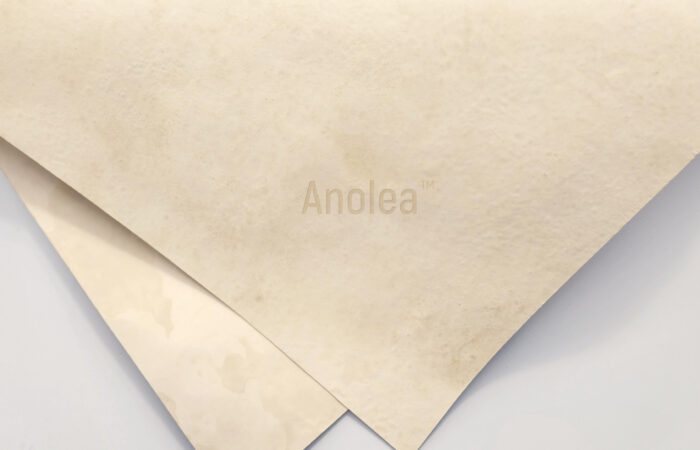
Tags
Mycel
Nata nel 2020 come Spin-off del Gruppo Hyundai Motor, MYCEL Project è un’azienda che attraverso principi di biomimetica produce materiali…
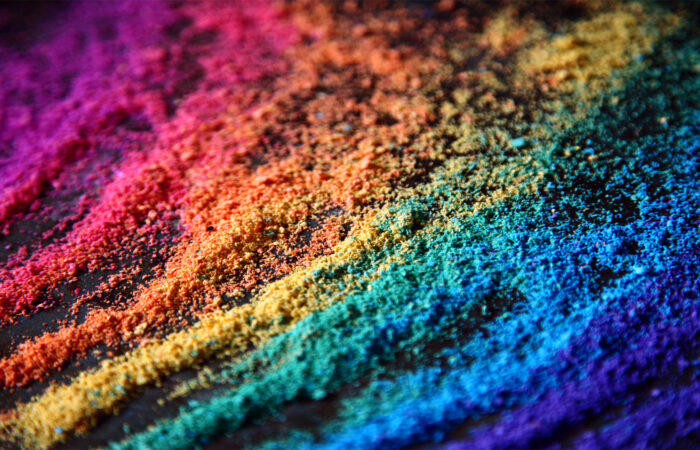
Tags
Garzanti Specialties
Da oltre un secolo, Garzanti Specialties rappresenta l’eccellenza nella distribuzione di specialità per applicazioni industriali, life-science e biotech, offrendo soluzioni…
